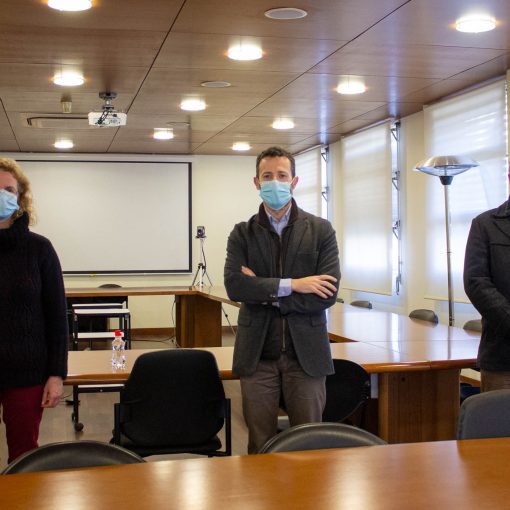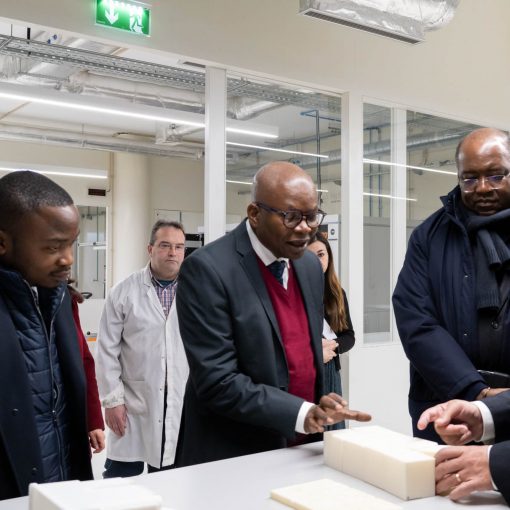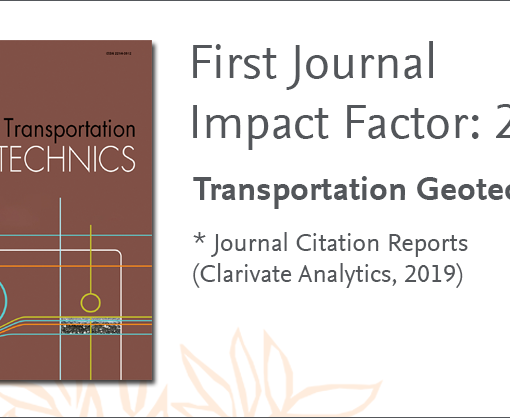A team from the School of Engineering of the University of Minho (EEUM) applied a natural mixture of stone and earth to preserve part of the Wupatki National Monument, an icon of native US culture. The application is innovative in the USA and in a case study of this importance, since most applications of this kind are laboratory-based. The work is part of a $1.3 million project funded by the Getty Foundation and may be applied in the future to other cultural and natural heritage sites at risk from climate change.
Along with the nearby Sunset Crater Volcano and Walnut Canyon monuments, Wupatki stands out for its preserved ruins, ancient significance, and geographic diversity. In addition to the red rock landscape populated by rabbits, coyotes and eagles, the 90-square-kilometer Arizona park boasts more than 5,000 indigenous archaeological sites. The heart of them, Wupatki Pueblo, is a 900-year-old complex with stone masonry walls that was home to the Hopi, Zuni, Navajo, Yavapai, Havasupai, Hualapai, Apache and Paiute tribes. It welcomes 200,000 visitors a year, but is vulnerable in the face of centuries of seismic instability, flooding, landslides, and, today, extreme weather events.
“Global warming has accelerated the deterioration of the monument, which reveals a significant human experience on earth,” says Paulo Lourenço, who is a full professor at EEUM’s Civil Engineering Department and director of the Institute for Sustainability and Innovation in Structural Engineering (ISISE). His team is a world reference in historic masonry and seismic risk and was called to evaluate Wupatki’s building systems. It is curious to see, for example, fingerprints almost a millennium old on mortar, a window lintel or a wooden beam. The field work began in 2022 and, until 2024, brings together professors, students and indigenous people to develop sustainable methods of risk mitigation.
Thus, laser technology and 3D models were used to evaluate the walls, some of which are fragile. Then, the UMinho team, which includes researchers Rui Silva and Laura Gambilongo, injected fluid mortar into cracks and joints where water found ways to erode the material. The new natural mixture applied is based on local soils, with the addition of limestone powder. In recent decades, various types of stabilization had been tried there and seemed to work for a while, such as Portland cement and additives, but not always environmentally and structurally suitable. Now natural and less invasive materials are being resumed. There, extreme events like the heavy rains of 2018 are a bigger threat than heat and drought, as they overwhelm the rock and soil earth systems of Wupatki.
Exemplary partnership
The invitation to EEUM came from Professor Frank Matero of the Weitzman Center for Architectural Conservation at the University of Pennsylvania. He received the grant from the Getty Foundation to coordinate a management and conservation plan for the Indian national monument, which celebrates 100 years in 2024, as part of the U.S. National Park Service. This project also unites the Wupatki Cultural Resources Program, the Missing Treasures Program, the Western Center for Historic Preservation, and the U.S. Ancestral Lands Conservation Corps, as training on Native values and practices and career opportunities for young people of Arizona tribal descent are also planned.
“This broad scientific and cultural partnership is exemplary in the mitigation, adaptation, and enhancement of natural and built heritage at a time of accelerating climate change,” emphasizes Paulo Lourenço. The methodology, in which innovative solutions are expected, can serve as a model for similar sites in the US and around the world. This is the third project with Paulo Lourenço that is supported by the Getty Foundation – based in Los Angeles (USA) and dedicated to the preservation of architecture – after the Beira Central Station (Mozambique) and Piscinas das Marés (Leça da Palmeira/Matosinhos), plus projects with the Getty Conservation Institute in Peru, the United Arab Emirates and Myanmar.



